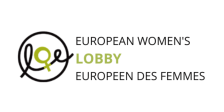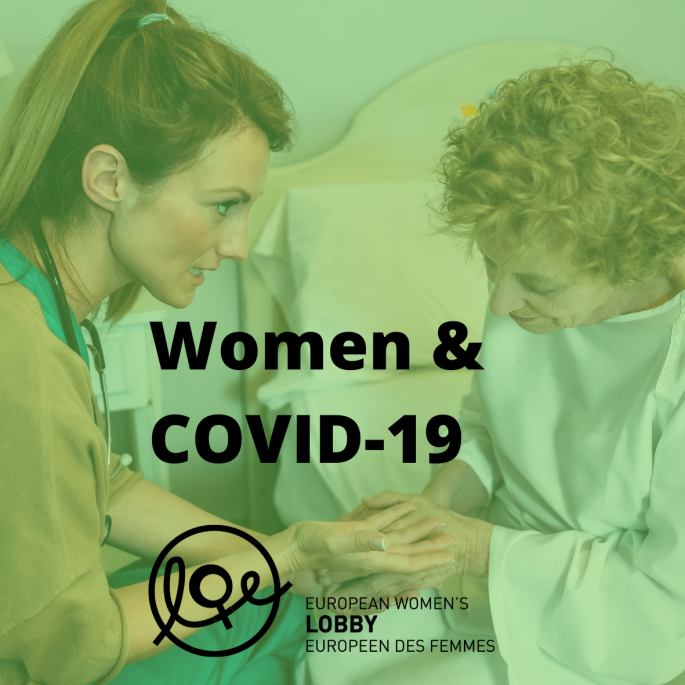Stop feminization of poverty
Statement from the Emergency Motions Committee, the Swedish Women’s Lobby and 28 other EWL organizations
Women’s economic independence is a right in itself but also a precondition to realizing women’s human rights in all other areas. It is also a vaccine against exploitation of women’s bodies and men’s violence against women. The COVID-19 pandemic has exacerbated inequalities and the unfair distribution of resources and wealth; particularly between women and men. Especially concerning is the increase of women in absolute and relative poverty.
Employment for women where reduced by 2.2 million euro across the EU in 20201, 40% of those women who lost their jobs are in precarious service- and tourist related sectors with low salaries and no or little protection systems connected. Many women, often young, migrant women in this sector work on day-to-day contracts and are often not entitled to governmental compensation systems. The burden of unpaid care work has also, according to the report, increased with the consequence of decreased salary levels for women. Women with care taking responsibilities have had to prioritize unpaid work, putting even more pressure on single mothers. Elderly women with low pensions have suffered cuts in welfare systems and the decrease of income of other family members. Migrant women have lost their jobs in the precarious labour market.
The inequalities between women and men have during the past year increased and substantial political measures need to be taken by national governments and EU institutions, including reallocation of substantial economic and societal recourses.
Member states have increased debts, are in a position of economic instability, have various issues funding their own healthcare and welfare systems, as they have been under heavy pressure. Different macro-economic strategies to get the “economy back on track” are put in place and the EU-institutions are, for many member states, an important funder of these. However, a perspective of combating poverty in general and specifically free women from poverty are more or less absent from these strategies. Also, the work of closing the gender gaps are absent at the top of the agenda, this was made clear at the Social Summit in Porto.
Our message needs to be the opposite, we cannot get the economy “back on track” without decreasing the amount of women in poverty and combat inequality between men and women. The economic strategies in all member states and those funded by the EU-institutions should therefore reflect that.
The issue of feminization of poverty has historically been an important and urgent threat against women and an issue for the women’s movement. But we also want to emphasize the urgency of this post-covid situation. Ever since the last economic crises in 2008 we have learnt that the impact of not working fast and strategically with women’s economic independent and women in poverty is huge. The last decade has been a constant struggle against austerity measures and crisis management of restoring and getting women back in work and out of poverty. Much because men were and are the reference point for how those restorage- and recovery packages were designed.
The accelerating feminization of poverty due to the pandemic has to be addressed loudly. As the women’s rights movement in EU, we need to focus our resources to combat the increased poverty among women and girls, post-Covid, to avoid this landscape being the new normal.
We, the Emergency Motion committee, Swedish Women’s Lobby, and 28 supporting members put forward the case that we should also focus our work and resources to name and recognize feminization of poverty. This should be highlighted within the work of the Feminist Economic Working Group, the work with the Purple Pact as well as the Pay Transparency Directive. Through the work in the Feminist Economic Working Group and the Purple Pack we should monitor gender specific forms, causes and consequences of poverty more closely, and linked them with the solutions given in the Purple Pact, and incorporate the gender dimension of poverty in reports and policy analysis.




